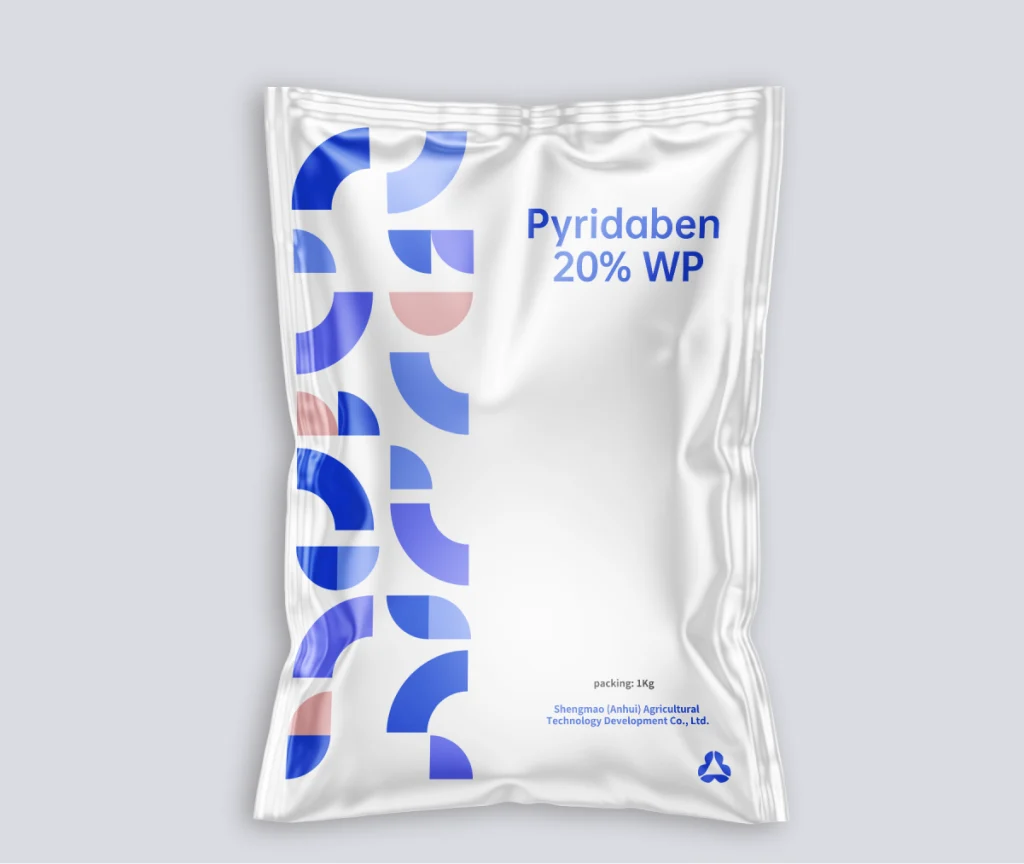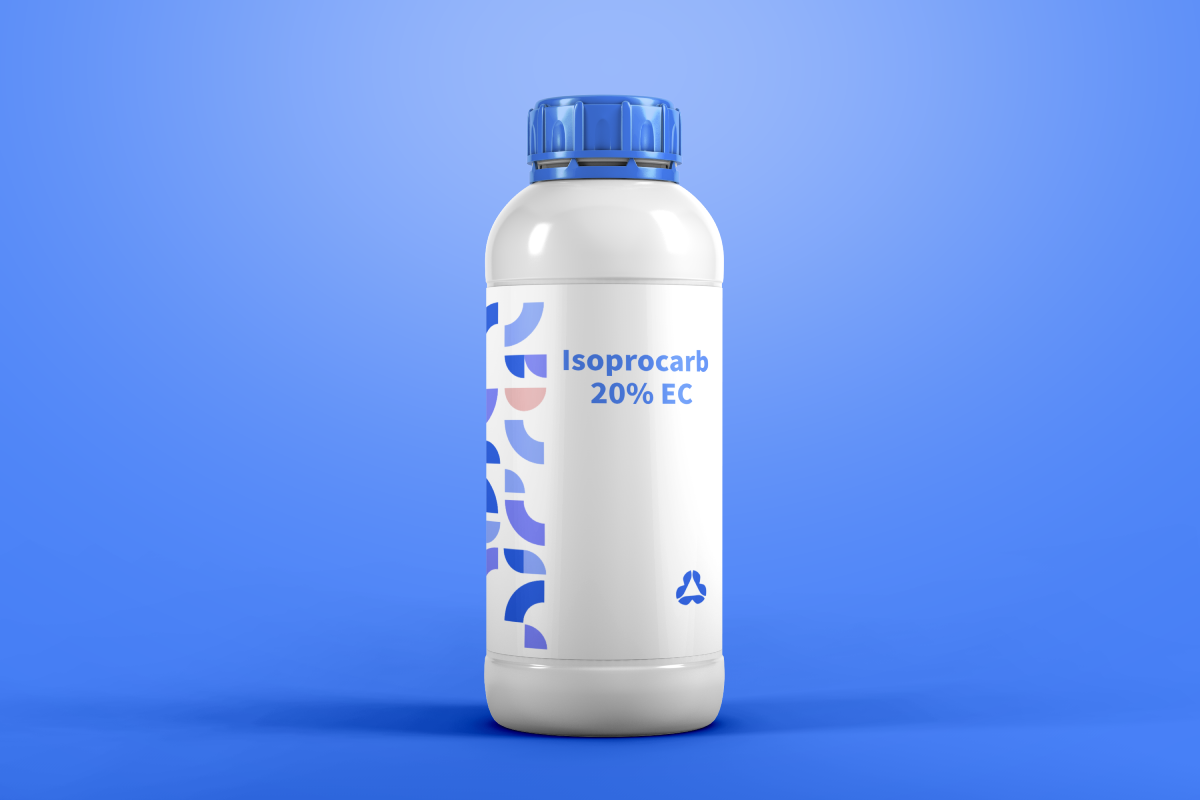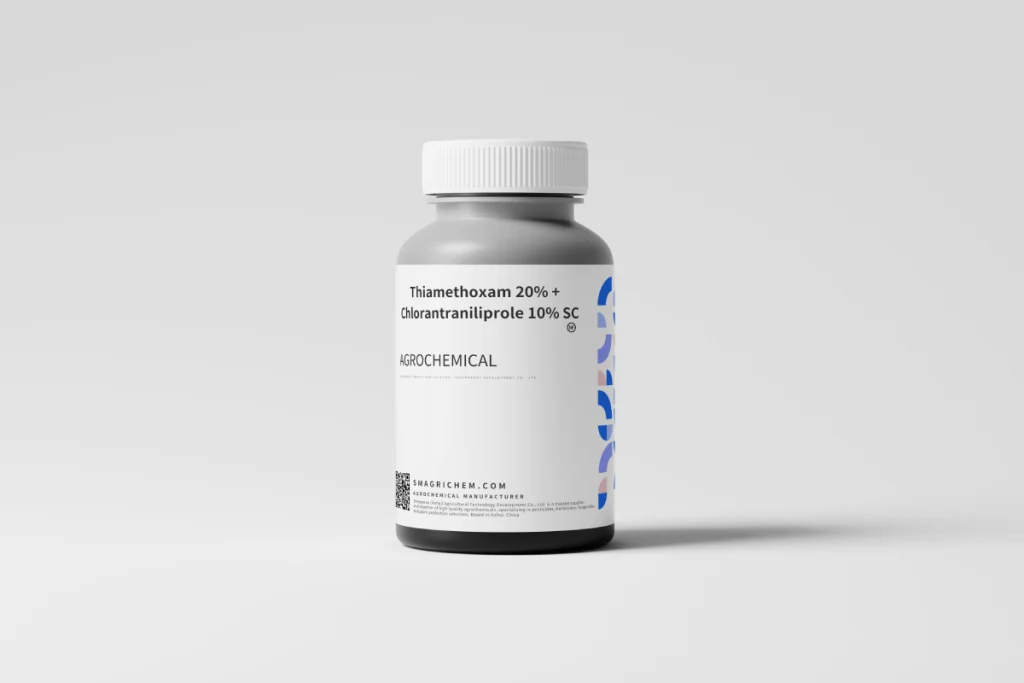Isoprocarb 20% EC is a highly effective emulsifiable concentrate formulation containing 20% of the carbamate insecticide Isoprocarb (2-isopropoxyphenyl methylcarbamate). This contact and stomach action insecticide provides rapid knockdown against a range of sucking and chewing pests, particularly effective against hemipteran pests in rice, vegetables, and orchard crops.

Pyridaben 20% WP
Pyridaben 20% WP is a contact-acting acaricide formulated to eliminate mites at all developmental stages—eggs, larvae, nymphs, and adults—with a focus on red spider mites and similar



